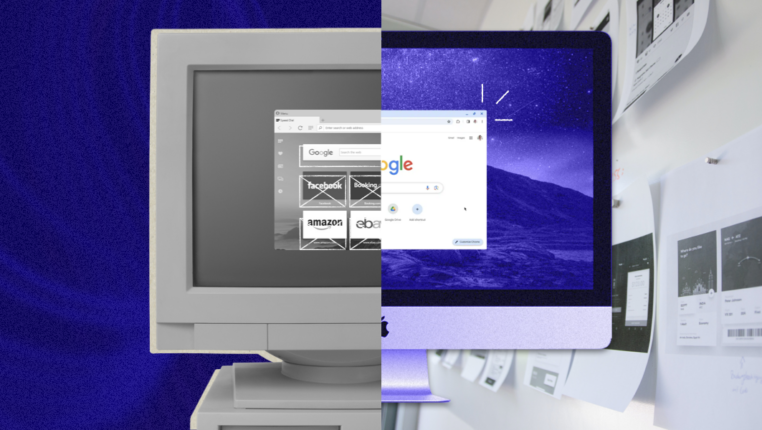Websites do not age well, and the first people to notice are your customers. So if your website is on the mature side, you should listen if critical comments begin to trickle in. Soon, you’re faced with a daunting website redesign. Cheer up, because this process can be enlightening, even revolutionary, to the way you think about and fulfill your business goals.
If you are thinking about a redesign for your website, ask yourself these 10 questions:
1. Do you really need a website redesign?
The answer will be readily apparent if you take an objective look in a few places, such as:
- Your website’s analytics: Are you getting increasing numbers of visitors and are they staying and interacting with your website in ways that get results?
- Your website’s user experience: Is it easy or cumbersome? Are images and graphics dated? Are there too many words?
- The competition: Does their website show signs of success?
2. Does your current website accurately represent your brand?
Who are you? Have your organization’s goals changed since your last website was built? What are your strengths and weaknesses? To discover all that, you should consider running a SWOT analysis. SWOT stands for and helps you identify your Strengths, Weaknesses, Opportunities, and Threats. Gather your team and get their feedback. Getting your team’s input on these topics as you run the SWOT session can really clear your vision and enhances your redesign.
3. Are you prepared to handle push-back over changes to the website?
Personal opinion conflicts do happen, particularly among stakeholders. Don’t let them put up brick walls between you and your clearly stated goals.
Your new website will most likely require far fewer words, more images, strong balance in design and branding, more intuitive user experience (UX) and search engine optimization (SEO), and some may not agree with your choices. Communicate early to your team about the facts behind your vision and goals, backed up by the SWOT results.
4. Who are your personas?
How well do you know the people who interact with your website? Do you know them well enough to provide them exactly what they seek and need? Many higher educational institutions and other organizations define their key audiences by creating Personas.
To create a Persona, you outline a person on paper to represent each segment of your target audience, identifying their personality, demographics, surfing habits, what they want, how they get there, and many other details. Treat them like a member of your own family, then nurture their experience so they satisfy their goals, as well as yours.
Free Persona Template – Our free, customizable persona template will let you easily organize your research to create your very own personas. With this template you can create well-formatted personas that you can share with your entire company.
5. What, specifically, do you want your audiences to do?
Answering this question defines the goals of your website and the depths of your page-by-page development. Set goals (the results you desire) and objectives (how you will achieve those results). Strive to engage your visitors, educate, persuade, motivate, and personally interact from the first virtual handshake to long after the conversion.
6. Do all of your pages work toward a specific goal?
It’s important to create pages to engage and drive visitors to take action. Ask yourself, what do you want them to do next? Create a sitemap, complete with the purpose of each page and how they link together with other pages on your website.
7. Do you have the budget?
You sent an RFP to XYZ Design Company and have just received their response. Do you have the budget of personnel, time, and money to complete the entire redesign as they recommend? If not, you’ll need to trim back. Working with the SWOT, the RFP, and the professional design team will help you scale back without hindering your goals.
8. Have you identified key stakeholders?
A stakeholder is a person or group of people who can affect or be affected by a given project. It is important to clearly delegate the responsibilities, approval process, and project management. Identifying each person’s responsibilities ensures the website redesign project keeps moving forward.
9. Are you prepared for success?
That’s a question not often expected. A vibrant and active new website could result in a burst of business. This might mean more visitors to the website, more leads and conversions. Having a tight internal team that is flexible enough to grow is a key to a dynamic and flourishing new website design and the future growth of your organization.
10. Where can you get help and answers to all these questions?
A website redesign project starts with a RFP (Request for Proposal). We have put together an in-depth RFP template which will help you communicate and prioritize your website goals, attract an agency that is a good fit for your business and create a better end result. Download the Website RFP Template



